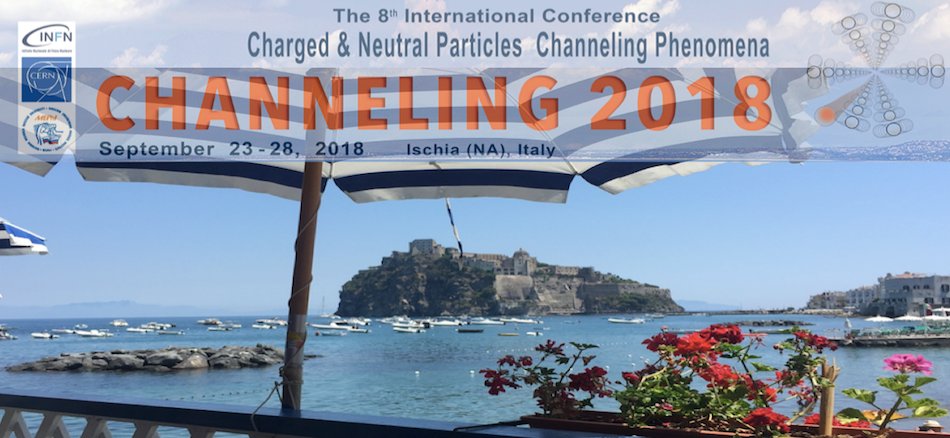Speaker
Ms
Anastasiia Feshchenko
(NRNU MEPhI)
Description
The brightest sources of X-ray radiation are known to be realized on the basis of radiation from the beams of charged particles. Depending on the required range of the X-ray part of the spectrum, various radiation generation schemes are used. For example, synchrotron radiation exhibits extremely high spectral brightness in a wide frequency range. The absolute leaders in vacuum UV and soft X-ray range are the free-electron lasers (FEL), such as European XFEL, SwissFEL, FLASH (DESY), etc. The maximum intensity in hard X-ray region is presented by the coherent bremsstrahlung and channeling radiation in crystals. The most promising source of X-ray radiation in a wide range, however, is one based on the Compton backscattering.
From the beginning, this phenomenon was proposed as the source of gamma rays for the nuclear physics applications. The idea belongs to E. Feenberg who published it in 1948 [1], and afterwards it was developed in the works of R. Milburn [2], O. Kulikov [3], F. Arutyunyan and V. Tumanyan [4]. Starting from the 90-s, the Compton sources have been working out over the world, but for a variety of reasons, the radiation registered experimentally is much weaker than that predicted theoretically. That is why the researches of this mechanism of X-ray radiation generation are still on the front burner.
The coherence effect plays a crucial role in all mechanisms listed above. For the radiation to be coherent, the length should be smaller or at least comparable with the radiation wavelength, or, for modulated electron beams, with the period of modulation. This effect is clearly marked at present accelerators, where the number of the bunch particles amounts up 10^12 and higher. Such short electron bunches can be produced by FEL facilities that are rather large and expensive and need GeV electron energy. But it is not the only opportunity: for example, in [5] it was shown that MeV electron beams with the nanometer modulation period are achievable.
In this work we suggest using the relativistic beams modulated with very short period for realization of effective Compton laser. Using the method developed before for the form-factors of modulated beams to be obtained [6], we develop the consistent theoretical approach of Thomson scattering of the electromagnetic waves in frames of classical electrodynamics, and analyze the characteristics of the generated radiation.
References
1. E. Feenberg, H. Primakoff, Applications for Nuclear Phenomena Generated by Ultra-Intense Lasers, Phys. Rev. 73, 449 (1948).
2. R. Milburn, Electron Scattering by an Intense Polarized Photon Field, Phys. Rev. Lett. 10, 75 (1963).
3. O.F. Kulikov, Yu.Y. Tel’nov, E.I. Filippov, M.N. Yakimenko, Compton effect on moving electrons, Physics Letters 13, 344 (1964).
4. F.P. Arutyunyan, V.A. Tumanyan, The Compton Effect on Relativistic Electrons and the Possibility of Producing Beams of Hard γ-Rays, Sov. Phys. JETP 17, 1412 (1963).
5. E.A. Nanni, W.S. Graves, D.E. Moncton, Nanomodulated electron beams via electron diffraction and emittance exchange for coherent X-ray generation, Phys. Rev. AB 21, 014401 (2018).
6. D.Y. Sergeeva, A.P. Potylitsyn, A.A. Tishchenko, M.N. Strikhanov, Smith-Purcell radiation from periodic beams, Optics Express 25, 26310 (2017).
Primary author
Ms
Anastasiia Feshchenko
(NRNU MEPhI)
Co-authors
Dr
Alexey Tishchenko
(National Research Nuclear University "MEPhI")
Prof.
Mikhail Strikhanov
(National Research Nuclear University "MEPhI")

